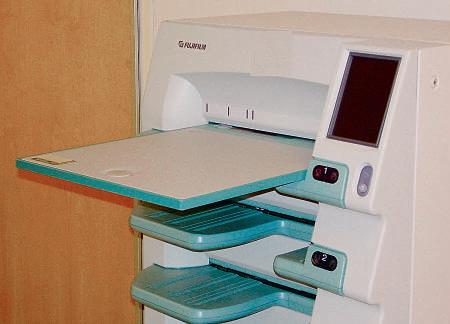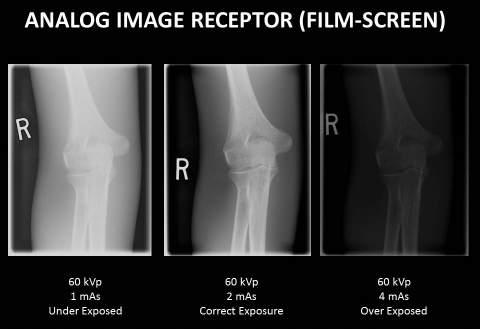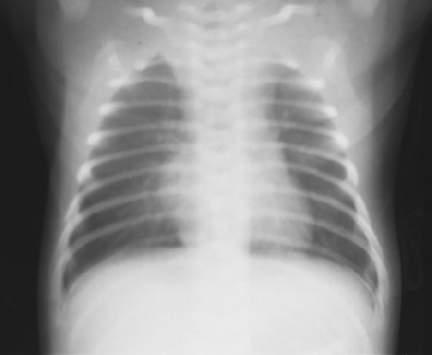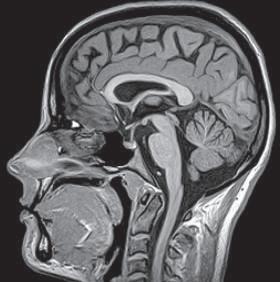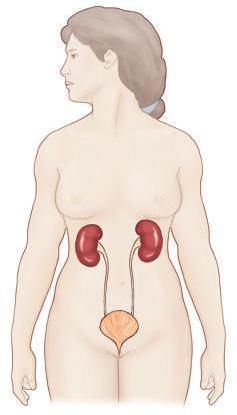22
C HAPTE R 1 Terminology, Positioning, and Imaging Principles
Additional Special Use Projection Terms
1
Following are some additional terms that are commonly used to describe projections. These terms, as shown by their definitions, also refer to the path or projection of the CR and are projections rather than positions. Axial projection
Axial (ak′-se-al) refers to the long axis of a structure or part (around which a rotating body turns or is arranged). Special application—AP or PA axial: In radiographic positioning, the term axial has been used to describe any angle of the CR of 10° or more along the long axis of the body or body part.* However, in a true sense, an axial projection would be directed along, or parallel to, the long axis of the body or part. The term semiaxial, or “partly” axial, more accurately describes any angle along the axis that is not truly along or parallel to the long axis. However, for the sake of consistency with other references, the term axial projection is used throughout this text to describe both axial and semiaxial projections as defined earlier and as illustrated in Figs. 1-66 through 1-68.
Fig. 1-66 Axial (superoinferior) projection.
CR 37
Inferosuperior and superoinferior axial projections
Inferosuperior axial projections are frequently performed for the shoulder and hip, where the CR enters below or inferiorly and exits above or superiorly (Fig. 1-68). The opposite of this is the superoinferior axial projection, such as a special nasal bone projection (Fig. 1-66). Tangential projection
Tangential (tan˝-jen′-shal) means touching a curve or surface at only one point. This is a special use of the term projection to describe a projection that merely skims a body part to project that part into profile and away from other body structures.
Fig. 1-67 AP axial (semiaxial) projection (CR 37° caudal).
Examples Following are two examples or applications of the term tangential projection: • Zygomatic arch projection (Fig. 1-69) • Tangential projection of patella (Fig. 1-70) AP axial projection—lordotic position
This is a specific AP chest projection for demonstrating the apices of the lungs. It also is sometimes called the apical lordotic projection. In this case, the long axis of the body rather than the CR is angled. The term lordotic comes from lordosis, a term that denotes curvature of the cervical and lumbar spine (see Chapters 8 and 9). As the patient assumes this position (Fig. 1-71), the lumbar lordotic curvature is exaggerated, making this a descriptive term for this special chest projection. *Frank E, Long B, Smith B: Merrill’s atlas of radiographic positioning & procedures, ed 12, vol 1, St. Louis, 2012, Mosby.
Fig. 1-68 Inferosuperior axial projection.
CR CR
Fig. 1-69 Tangential projection (zygomatic arch).
Fig. 1-70 Tangential projection (patella).
Fig. 1-71 AP axial (apical) lordotic chest projection.





